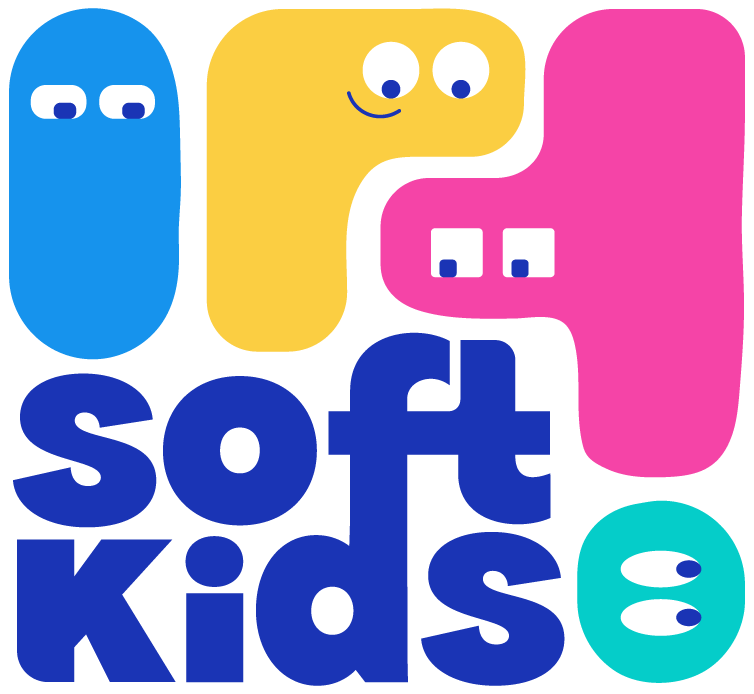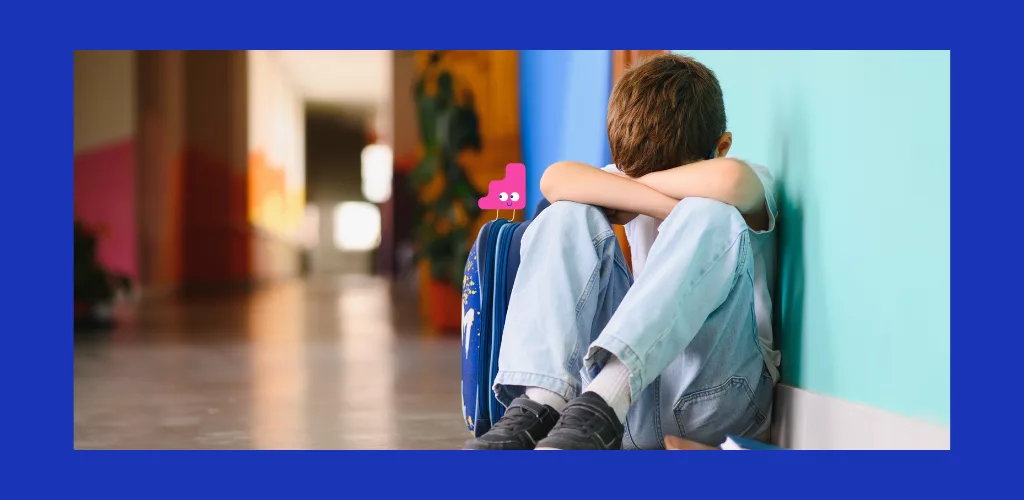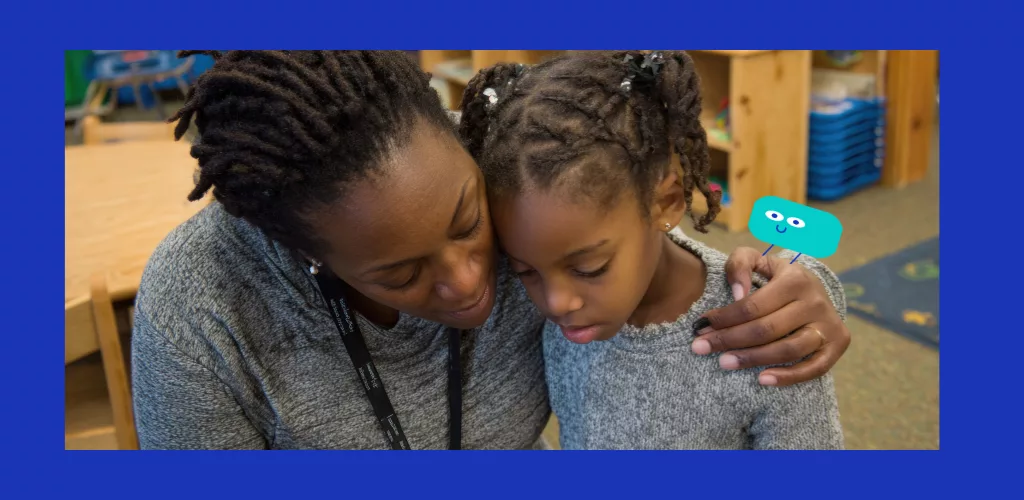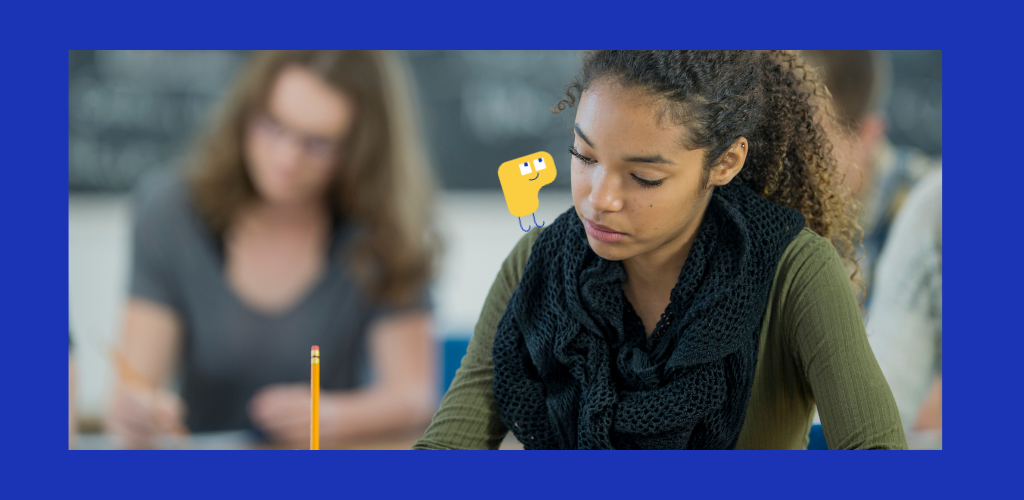Artificial Intelligence in education: a learning tool or a danger for our children?
With the rise of artificial intelligence (AI), the field of education is undergoing an unprecedented transformation. Tools such as ChatGPT, adaptive learning platforms and educational robots promise to revolutionize the way children learn. But this technological advance also raises many questions and concerns. Is AI really an asset for education, or does it represent a major risk for our children?
In this article, I explore the promises, limitations and solutions for the successful integration of AI in education.
AI: a revolution for education?
Unprecedented personalization of learning
One of AI's main assets is its ability to adapt to the specific needs of each student. Thanks to sophisticated algorithms, educational platforms can :
-
- Identify students' shortcomings and propose targeted exercises.
- Adapt the pace of learning: a struggling student may progress more slowly, while an advanced student may explore more complex concepts.
- Provide instant, personalized feedback, enabling learners to quickly understand their mistakes and adjust their learning methods.
More inclusive education
AI makes education more accessible, especially for students with special needs or living in isolated areas.
-
- Children with disabilities can benefit from adapted tools, such as voice recognition software or automatic translation applications.
- In regions where access to qualified teachers is limited, platforms like Khan Academy or educational chatbots offer an alternative for self-directed learning.
Valuable assistance for teachers
Rather than replacing teachers, the AI can assist them by :
-
- Automate repetitive tasks such as marking homework or administrative management.
- Providing detailed analyses of student progress, for better individualized follow-up.
- Facilitating the creation of interactive and engaging educational content.
The risks and limits of AI in education
Increased technological dependence
Excessive use of AI can encourage an addiction to screens and digital tools. This overconsumption risks :
-
- Reduce the human interaction essential to children's social and emotional development.
- It undermines concentration and patience by getting students used to immediate gratification.
- Affect children's mental and physical health, notably by limiting their physical activity.
Biases built into algorithms
AI is developed by humans, which can introduce cultural or social biases into the content offered. If left undetected, these biases can influence children's view of the world and reinforce certain inequalities.
Impact on creativity and critical thinking
By automating certain tasks, such as writing or solving exercises, AI could :
-
- Reduce the cognitive effort required of students, who could become passive by relying on the machine rather than their own thinking.
- Limit creativity by proposing standardized solutions.
- Reduce learning by doing, which is essential to skills development.
Ethical and confidentiality issues
AI is based on the massive analysis of personal data. This raises several questions:
-
- Who has access to this data?
- How are they stored and used?
- Is there a risk of commercial exploitation or piracy?
How can AI be used responsibly and beneficially?
Parental and educational support
AI must not replace human interaction. Parents and teachers must play an active role in its use:
-
- Limit screen time and encourage interactive learning moments.
- Complement AI with group discussions and activities.
- Explain to children how these tools work and what their biases are.
Learning to use AI critically
It's essential to train children to understand and master AI rather than be subjected to it:
-
- Raising awareness of the limits of algorithms.
- Encourage questioning and verification of information.
- Integrate digital education modules into school curricula.
Conclusion: finding the right balance
Artificial intelligence represents a tremendous opportunity to transform education, making learning more personalized, inclusive and effective. However, it must be seen as a complementary tool rather than a substitute for human interaction and traditional learning.
Thoughtful, well-supervised use will help to exploit its full potential, while preserving children's creativity, critical thinking and social development.
The Soft Kids team 🌈
To find out more about the impact of AI in education, listen to the full episode of the Generation Parents podcast.




0 comments